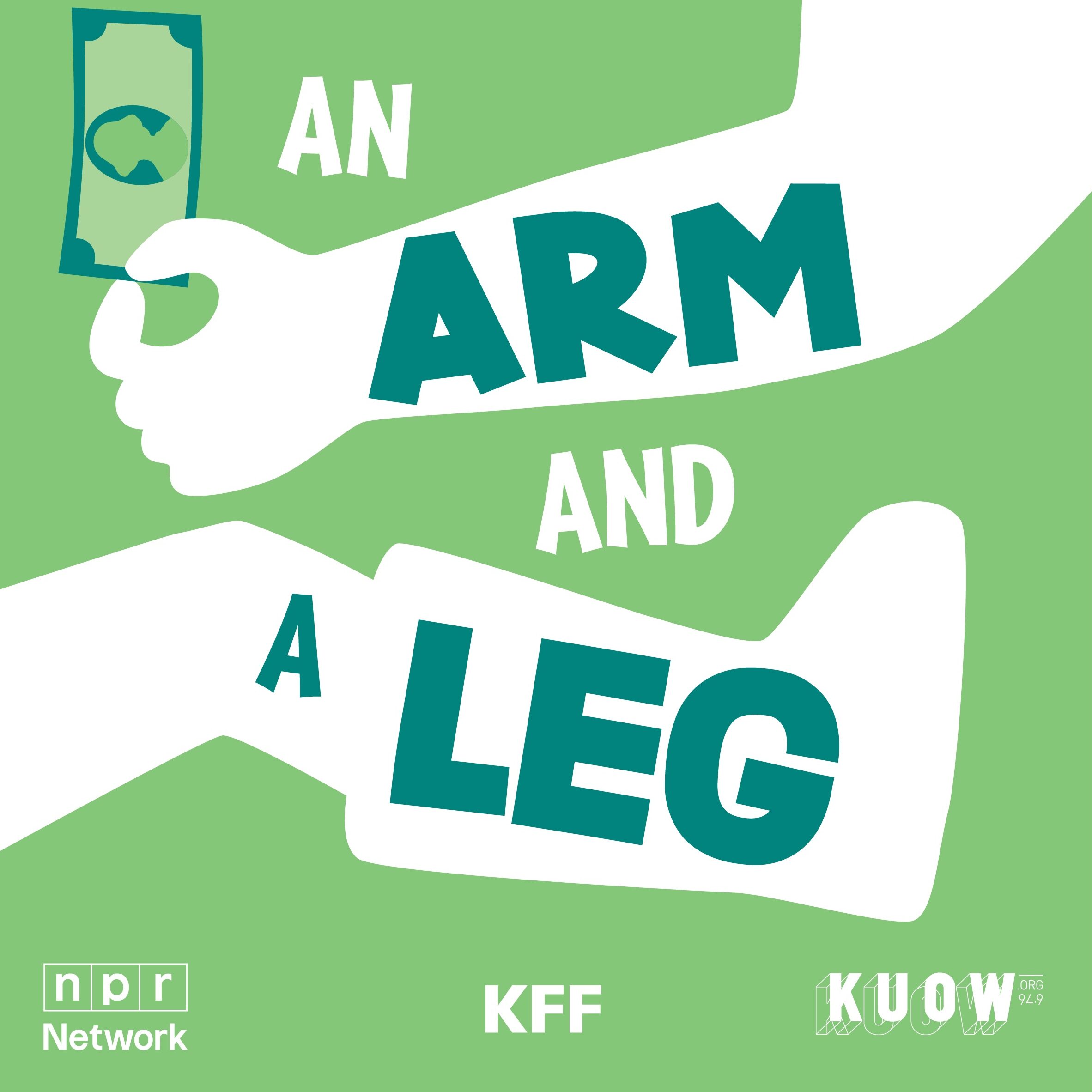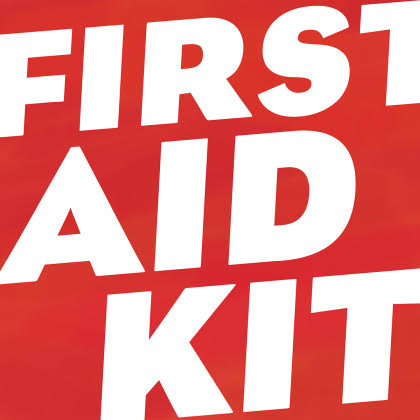
Using charity care to crush medical bills: Six top tips.
By: Emily Pisacreta
Here’s something not enough people know: Non-profit hospitals, that is, the majority of U.S. hospitals, are legally required to have charity care policies, also called financial assistance policies, that spell out how to get your bill written off, if your income is low enough.
More people have been learning, thanks to Jared Walker, who made a 60-second TikTok video that went super-viral early this year.
“This is going to sound weird,” he says in the video. “If you make under a certain amount of money the hospital legally has to forgive your medical bills.”
Which is true. In the video, he gives a lightning demo on how to put that knowledge to work and “crush medical bills.” We looked into it, and Walker’s advice all checked out.
As we learned, he’s actually been doing this for years. Walker is the founder of Dollar For, a non-profit that helps people apply for charity care. Before posting the video, Walker estimates Dollar For had helped people access $2 million in charity care.
Since posting, he’s been deluged,both with requests for help and with offers of help.
Now he’s started training volunteers to do what he does: Help people in need,whether friends, family members, or strangers,navigate the bureaucracies and crush medical bills.
We sat in that training. Here are six top takeaways:
How do I find the policy?
Skip the hospital’s home page. Walker says in his experience, policies are often hidden from hospital website menus.
He’s got a fast and effective trick for finding a hospital’s financial assistance policy: Google it. Enter the hospital’s name, followed by “financial assistance policy” or “charity care policy.” He finds it’s usually the first result.
In rare cases, Walker says a hospital’s policy may not be available online at all. You may need to call the hospital and ask for an application.
Who qualifies?
Most hospital charity care policies are income based, using percentages of the federal poverty guidelines to define eligibility.
In an example during the training, Walker showed the guidelines for Saint Luke’s Hospital of Kansas City, near where one of the participants lives. There, people who earn 200% of the federal poverty level can get their entire bill written off, and the policy outlines discounts for folks making 201-300% of that number.
Not sure what your income is compared to the federal poverty guidelines? Here’s one of many helpful online calculators. Remember, your household is you + your spouse + anyone you claim as a dependent on your taxes. Roommates don’t count.
What’s involved in actually applying?
Applications typically require documentation to prove your income. Hospitals ask for things like recent pay stubs, proof of unemployment, social security award letters, and tax returns, according to Walker.
Exactly which documents the hospital may ask for can vary. It can add up to dozens of pages.
But Walker says a hospital can’t deny you for failing to provide a document that isn’t spelled out in the application.
(Also, it’s not always super-complex. A listener wrote to us recently to say that our episodes about Jared’s work made applying sound too hard. At her local hospital, she found it easy and straightforward.)
Looks like you won’t qualify? Write a letter
If you don’t qualify based on your income alone, but you still can’t afford your hospital bills, don’t rule yourself out. The same applies if the hospital’s financial aid policy specifies that only uninsured people qualify, but even with insurance you’re looking at giant bills.
Walker says a letter of financial hardship attached to an application can go a long way. In fact, he encourages each patient to attach a letter, no matter how strong their application may seem.
“These are real people reading these and the letters go a long way,” he says. The hospital’s policy legally binds it to a minimum standard of generosity, but he’s seen hospitals go beyond that minimum. Make your case.
Yes, you may need to fax it in
While many hospitals have digital portals to enable online bill paying, there’s usually no equivalent for applying for financial assistance. Many applications offer only a mailing address. But Walker and his team have found that applications sent by mail have a tendency to get lost.
Instead, they recommend either walking the application into the hospital and delivering it by hand, or faxing it. Public libraries, packaging stores like FedEx, and certain online services make faxing possible even if, like most people, you haven’t used a fax machine since the late 1990s.
In collections? You may still have time
The IRS requires nonprofit hospitals to give patients a grace period of 240 days (about eight months) from the initial billing date to apply for financial assistance. But hospitals are allowed to send bills to collection agencies much earlier than that , often after just 120 days.
So even if you’re already being hounded by notifications from collections agencies, you may still have months to apply for financial assistance.
And: Alerting the collection agents that an application with the hospital is in process can sometimes stop the letters.
“The hospital can take you out of collections just as easily as they put you there,” Walker says.
In some cases, hospitals will forgive bills that are much older than 240 days. When in doubt, applying may be worth it even for bills that are several years old, Walker says. It does not hurt to ask for help.
When it comes to accessing charity care, “you’re gonna have to jump through a lot of hoops,” Walker says. “but it’s worth it.”
Bonus: Here’s a set of tips Dollar For posted in April, summing up what they’ve learned about crushing medical bills.
Emily Pisacreta is a reporter and producer with An Arm and a Leg.

